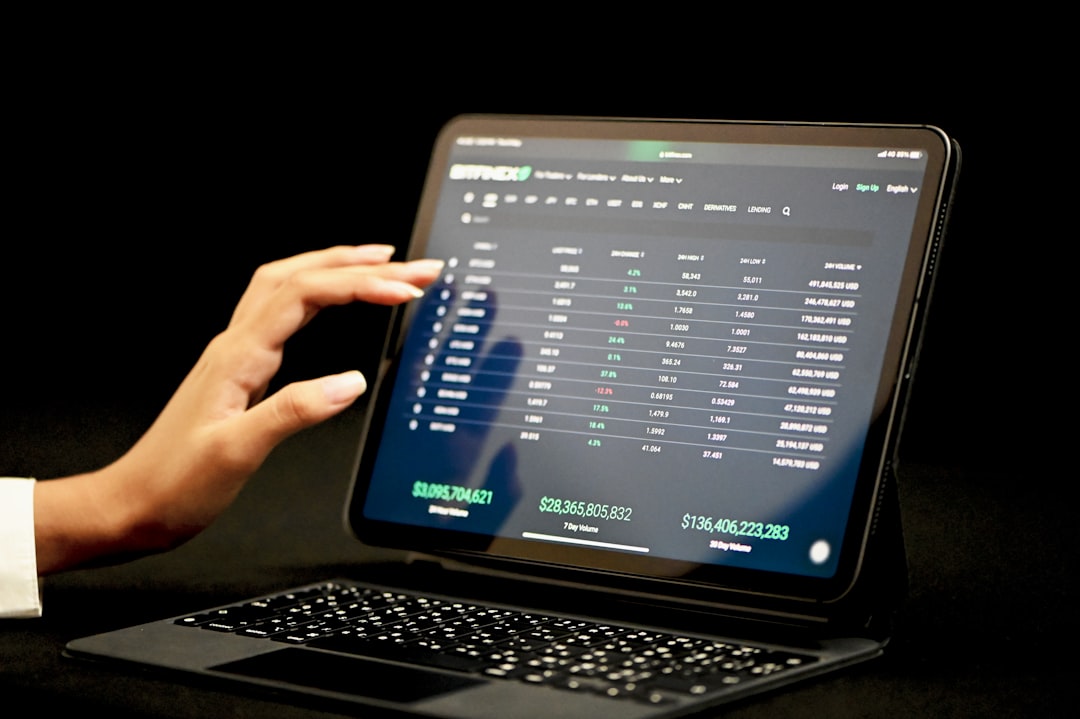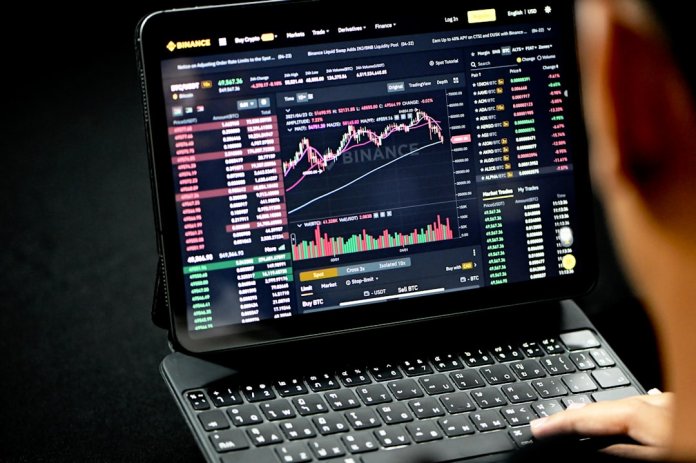Pay-per-click (PPC) advertising plays a pivotal role in the success of ecommerce businesses, especially in highly competitive digital marketplaces. As companies invest heavily in PPC campaigns across platforms like Google Ads, Facebook, and Bing, measuring the return on investment (ROI) with precision is increasingly vital. Real-time analytics offer a powerful, data-driven approach to assessing campaign performance quickly and accurately — enabling ecommerce brands to make agile decisions, optimize spend, and drive better outcomes. In this guide, we will explore how to measure the success of ecommerce PPC services using real-time analytics, breaking down the essential metrics, tools, and strategies for sustained performance.
Why Real-Time Analytics Matter in PPC Success Evaluation
Traditional reporting methods often result in delayed feedback, which can delay crucial strategic decisions. Real-time analytics, however, empower marketers with immediate access to campaign data, allowing for:
- Quicker optimization: Tweak bids, ad copy, and targeting before wasting budget.
- Improved budget allocation: Shift spend toward high-performing keywords or platforms.
- Faster identification of issues: Detect underperformance or anomalies as they occur.
- Enhanced A/B testing: Adjust variables based on live performance metrics.
Ultimately, real-time analytics bridge the gap between strategy and execution, offering transparent insights that directly relate to the profitability of ecommerce PPC services.
Key Metrics to Track for PPC Effectiveness
To evaluate the success of PPC campaigns, ecommerce stakeholders should focus on a combination of primary and secondary KPIs that paint a holistic picture of performance. The following metrics are essential:
1. Click-Through Rate (CTR)
CTR is a measure of how often users who view your ad actually click on it. A high CTR suggests strong audience targeting and compelling ad content. Real-time monitoring of CTR helps promptly refine ad copy or creatives that are underperforming.
2. Conversion Rate (CR)
The ultimate goal of any ecommerce PPC campaign is conversion—whether it’s a sale, a sign-up, or any other predefined action. Real-time insights into CR help identify which ads are not just driving traffic but converting visitors into customers.
3. Cost Per Acquisition (CPA)
CPA tells you how much you’re spending to acquire one customer. It’s the cornerstone of any ROI calculation for ecommerce PPC. Real-time analytics allow you to spot rising CPA trends early, enabling faster realignment of budget and strategy.
4. Return on Ad Spend (ROAS)
ROAS quantifies revenue earned for each dollar spent on PPC. It’s an indispensable metric for justifying ad spend. With real-time ROAS data, you can scale up profitable campaigns or pause money-wasting efforts instantly.
5. Quality Score
Platforms like Google assign a Quality Score to each ad based on relevancy, landing page experience, and CTR. Higher scores reduce CPC and enhance ad placement. Monitoring Quality Score in real time helps refine campaign elements to drive efficiency.

Tools for Tracking Real-Time Ecommerce PPC Metrics
Leveraging the right tools is just as important as understanding what to measure. Here are some of the most trusted platforms for monitoring PPC campaigns with real-time data:
- Google Analytics 4: Provides real-time traffic, conversion tracking, and user behavior analytics integrated with Google Ads for a comprehensive view.
- Google Ads Dashboard: Use the built-in reporting features to monitor CTR, CPC, ROAS, and Quality Score up to the minute.
- Facebook Ads Manager: Tracks ad-level and audience-level performance for ecommerce campaigns run on Meta platforms.
- Data visualization tools like Looker Studio or Power BI: Create custom real-time dashboards that aggregate data from multiple sources.
- Heatmap software (e.g., Hotjar or Crazy Egg): Complements PPC analytics by showing real-time user behavior on landing pages.
Connecting these technologies through centralized dashboards allows businesses to interpret real-time data visually, simplify decision-making, and act quickly to improve outcomes.
Segmenting Your PPC Data for Deeper Insight
Not all traffic or conversions are created equal. Segmenting your real-time data helps reveal patterns and opportunities that general metrics may obscure. Consider breaking down your data by:
- Device type: Understand how mobile, desktop, or tablet users differ in behavior and conversion.
- Geographic location: Identify regions where your campaigns thrive versus struggle.
- Time of day and day of week: Optimize ad scheduling based on performance windows.
- Audience demographics: Tailor creatives to the user profiles that convert best.
- Keyword or product category: Reallocate budget to best-performing segments.
A segmented approach not only boosts campaign personalization but can also reduce ad spend waste and improve your overall ROAS.
Setting Up Real-Time Alerts and Automation
The ability to act on data as it becomes available is a huge advantage. Ecommerce brands should leverage automation tools to trigger specific actions in response to real-time events. For example:
- Set up alerts: Get notified instantly if CPA exceeds thresholds or if conversions drop below acceptable levels.
- Budget pacing rules: Automate daily or hourly budget caps based on performance metrics.
- Dynamic keyword optimization: Use real-time bidding tools to automatically adjust bids on high-performing keywords.
Advanced platforms now integrate machine learning for predictive analytics, allowing brands to anticipate trends and act preemptively rather than reactively.

Analyzing Customer Journey and Lifetime Value
Success in ecommerce PPC is not solely defined by initial conversions. Real-time analytics can help track a customer’s interaction over time, from acquisition to retention. Examining the full customer journey gives a more accurate picture of campaign effectiveness.
Consider integrating your PPC data with customer relationship management (CRM) systems or ecommerce platforms like Shopify or Magento. This enables you to measure Lifetime Value (LTV), repeat purchase rates, and post-click behavior—offering a long-term view of your campaign ROI.
Key Takeaways for Measuring Ecommerce PPC Success
To evaluate PPC success with confidence and clarity in the fast-paced ecommerce world, businesses need a data-driven, agile approach. Real-time analytics provide the insights necessary to:
- Understand campaign performance as it’s happening, not after the fact.
- Optimize spend based on immediate, segmented data.
- Identify opportunities and threats before they impact bottom line metrics.
- Improve customer targeting through behavioral and demographic insights.
- Track holistic ROI by integrating PPC data with LTV and customer journey analysis.
By leveraging cutting-edge tools, focusing on the right KPIs, and taking a proactive rather than reactive stance on campaign management, ecommerce brands can achieve meaningful and measurable success through PPC advertising.
Final Thoughts
Real-time analytics have transformed the way ecommerce businesses approach PPC measurement. No longer is there a need to wait for weekly reports or post-mortem analyses to tweak campaigns. Today, the power to improve performance, minimize waste, and maximize results lies at your fingertips — in real time. Adopting this approach requires commitment, but the rewards in improved transparency, profitability, and growth are well worth the effort.
